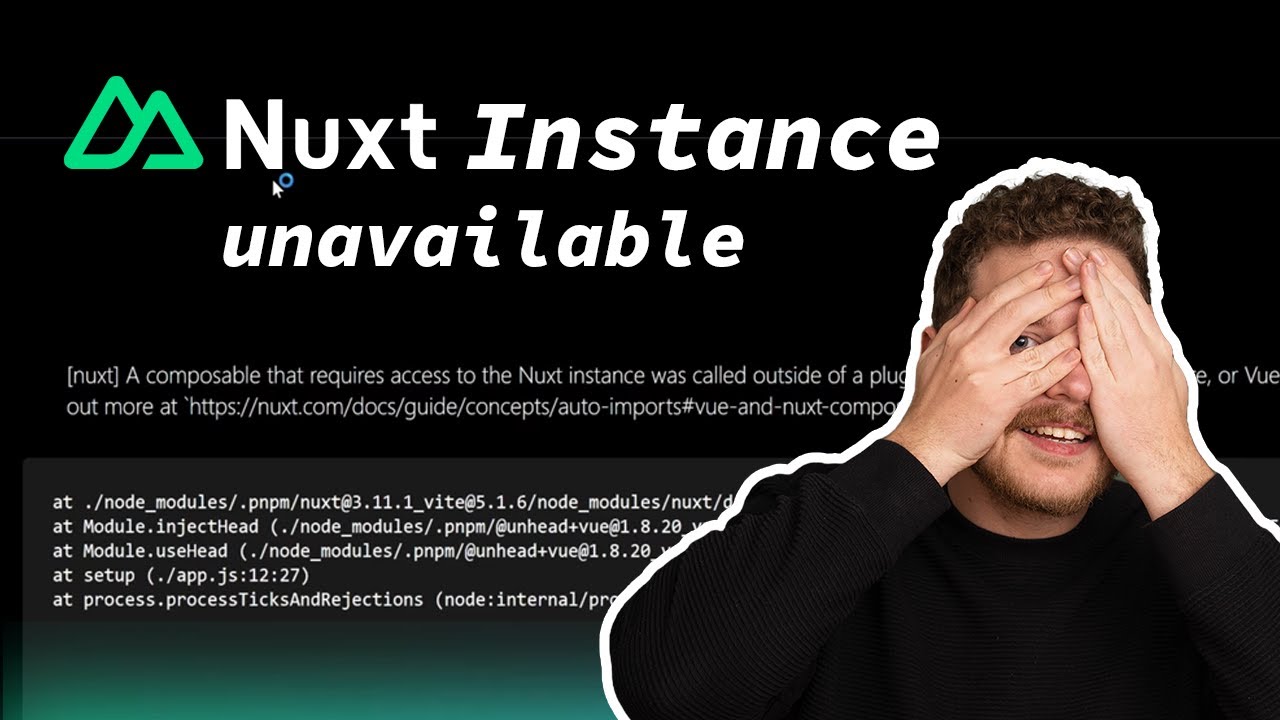Lecture 6: Noisy Channel Coding (I): Inference and Information Measures for Noisy Channels
Summary
TLDR本视频讲解了信息理论课程中的数据压缩回顾及噪声信道编码的核心主题。讲师通过一个关于ABCDE集合编码的问题引入讨论,解释了随机从编码流中抽取一个比特的概率问题。接着,讲师深入探讨了Shannon信息内容、符号编码的最优长度、Huffman算法及算术编码的原理与应用。通过实际例子,如简·奥斯汀的《爱玛》文本片段,展示了PPM压缩算法的工作方式。最后,讲师讨论了利用算术编码进行高效随机样本生成的方法,并强调了随机位的价值。整个讲座通过丰富的例子和详细解析,深入浅出地介绍了信息理论中的关键概念和技术。
Takeaways
- 📚本次课程回顾了数据压缩的内容,并继续探讨信息理论课程的核心话题——噪声信道编码。
- 🔍介绍了一种对ABC四个符号进行编码的示例,并探讨了从编码流中随机抽取一个比特,该比特为1的概率。
- 🤔通过投票和讨论的方式,探索了不同的概率计算方法,并指出长度在计算过程中的重要性。
- ✅强调了信源编码定理的意义,即如果编码完全随机且无法进一步压缩,则1的概率为50%。
- 📉讨论了算术编码的原理和优势,尤其是它如何比符号编码更有效地实现数据压缩。
- 🎲介绍了预测模型(如PPM)在数据压缩中的应用,并通过例子说明了这些模型如何工作。
- 🔄探讨了利用算术编码生成随机样本的方法,并比较了其效率与传统方法的区别。
- 🔑强调了随机比特的价值,并通过实例说明了在某些情况下节省随机比特的重要性。
- 🧩通过一系列概率问题(如三张卡片问题和三扇门问题),强化了条件概率和推理的概念。
- 📏最后,定义了联合熵、条件熵和互信息等概念,为讨论噪声信道和信息传输提供了理论基础。
Q & A
什么是数据压缩?
-数据压缩是减少电子数据大小的过程,以便它需要更少的存储空间或带宽。这在信息理论课程中是一个重要主题。
信息理论课程的中心主题是什么?
-信息理论课程的中心主题是噪声信道编码,这是在讲座中探讨的一个重要概念,涉及如何在有干扰的信道中有效地传输信息。
什么是符号编码?
-符号编码是一种用于数据压缩的技术,它将源符号(如字符)映射到位串,以减少表示数据所需的位数。
霍夫曼编码的作用是什么?
-霍夫曼编码是一种优化的符号编码方法,它根据字符出现的频率来分配不同长度的编码,使整体编码最短。
什么是算术编码?
-算术编码是一种数据压缩技术,它通过将整个消息表示为一个在[0,1)区间内的单一数字,而不是像传统方法那样单独编码每个符号,来提高压缩效率。
为什么说算术编码比符号编码更有效?
-算术编码比符号编码更有效,因为它处理整个消息作为一个整体,减少了每个字符必须携带的额外信息量,从而接近信息的熵限。
二进制对称信道是什么?
-二进制对称信道是一种简单的通信模型,其中传输的二进制位有一定概率不会改变,也有一定概率会翻转。
信息理论中的熵是如何定义的?
-在信息理论中,熵是衡量随机变量不确定性的量度,定义为该随机变量所有可能结果的概率乘以其对数的负和。
什么是条件熵?
-条件熵是给定一个随机变量的情况下另一个随机变量不确定性的量度,它反映了在知道一个变量的情况下另一个变量剩余的不确定性。
相互信息是什么?
-相互信息是两个随机变量共享信息的量度,它衡量了了解一个变量提供的关于另一个变量的信息量。
Outlines

此内容仅限付费用户访问。 请升级后访问。
立即升级Mindmap

此内容仅限付费用户访问。 请升级后访问。
立即升级Keywords

此内容仅限付费用户访问。 请升级后访问。
立即升级Highlights

此内容仅限付费用户访问。 请升级后访问。
立即升级Transcripts

此内容仅限付费用户访问。 请升级后访问。
立即升级5.0 / 5 (0 votes)





